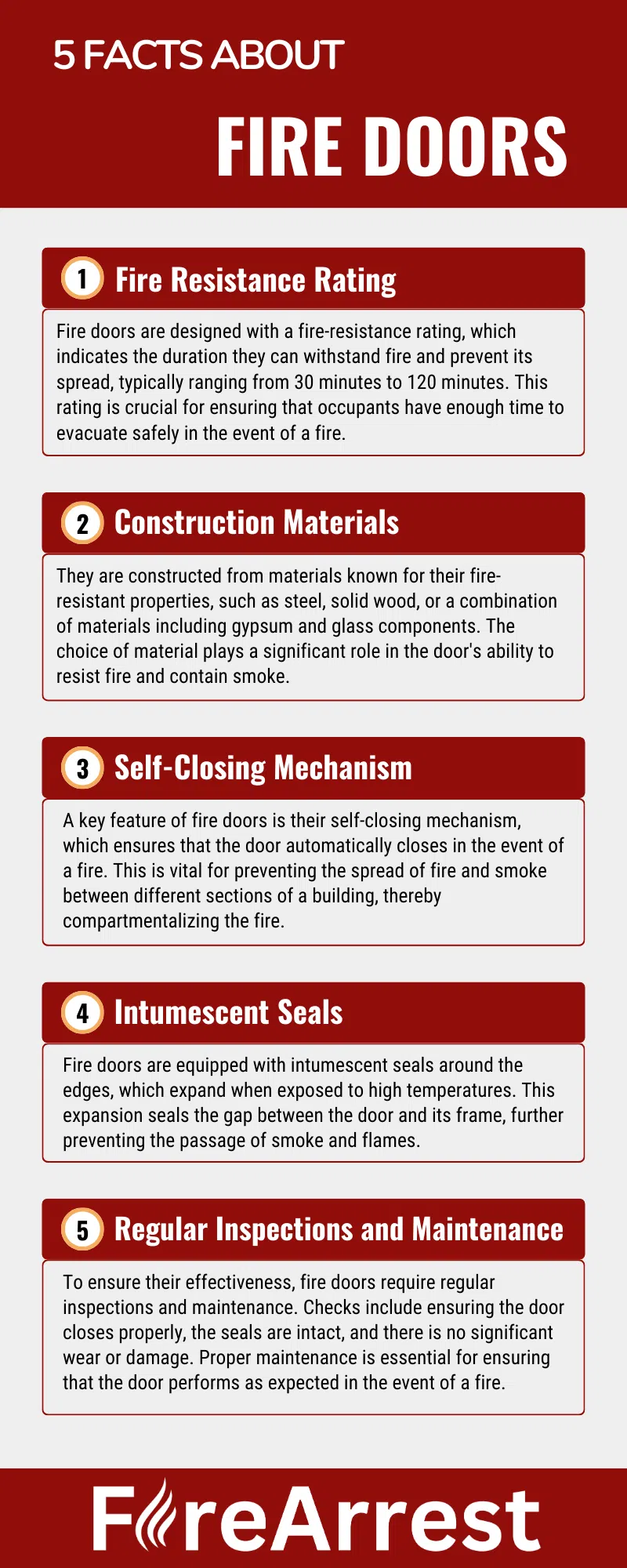When it comes to ensuring safety and compliance in any building, the choice between a fire door and a normal door is more than just a matter of design or preference. It’s a critical decision that can significantly impact the building’s ability to protect its occupants in the event of a fire. But what exactly sets these two types of doors apart? This comprehensive guide delves into the essential differences between fire doors and normal doors, shedding light on how each functions, the materials they’re made from, and the specific standards they must meet. Understanding these differences is not just a technicality; it’s a matter of safety, compliance, and peace of mind.

What Are Fire Doors?
Fire doors are specialised doors designed to prevent the spread of fire and smoke, providing critical protection in emergency situations.








 Powered by
Powered by